Slipping into your favorite shoes should always bring a smile, not discomfort. Imagine a day where every step feels just right—no itching, no discomfort, just pure ease from morning till night.
But what happens when athlete’s foot sneaks into the picture, turning your comfy kicks into a fungal fiasco? Don’t worry because, at Kizik, we’re not just about keeping your step snappy and hands-free—we’re also about ensuring your feet stay healthy.
Interested in discovering more? We've got you covered. In this article, we're diving deep into the world of athlete’s foot—what it is, why it happens, and how to kick it.
What is athlete's foot?
If you've ever experienced that not-so-pleasant tickle between your toes, it could be more than just an itch.
Athlete’s foot, known medically as tinea pedis, is a common fungal infection that finds a happy home in the damp, cozy confines of shoes and socks. It's not just for athletes, either—this fungus can strike anyone whose feet get a little too moist.
What are the symptoms of athlete’s foot? Knowing what to look for can help you nip this issue quickly.
-
Itching and burning: It starts as a whisper of an itch that can turn into a shout, especially after your shoes come off.
-
Redness and blistering: These are the tell-tale signs, often appearing between your toes or on the soles of your feet, making each step a little harder.
-
Dry, scaly skin: When your skin starts peeling and cracking, it’s not just dryness—it’s a signal from unwelcome fungal guests.
-
Odor: When your feet start to smell more than usual, it might be the fungi throwing a little unwanted party in your shoes.
What causes athlete’s foot?
We’ve explored how athlete's foot manifests, but what actually triggers it? Let’s unpack the culprits, breaking down each cause under its own spotlight to give you the full picture.
Fungi thrive in warm, moist environments
Athlete’s foot is caused by a fungus thriving in warm, damp places like sweaty feet in tight shoes or hot socks—the perfect spa for fungi to spread. Direct contact with infected surfaces
Athlete’s foot isn’t picky about hosts; it can jump from one person to another through direct contact. This often happens in communal areas with wet floors, such as gym showers, locker rooms, and swimming pools. Walking barefoot in these areas can invite the fungus to your feet.
Sharing contaminated items
Another common highway for fungal transmission is sharing towels, shoes, or socks with someone who already has athlete's foot. Even trying on shoes without protective socks in a store can be a risk factor if the person before you carried the fungus.
Compromised skin barrier
If your skin is already slightly damaged or weakened—maybe from scratching or minor injuries—fungi find it easier to break in and settle down. It’s like rolling out the red carpet for skin infections, making it crucial to keep your feet well-moisturized and intact.
How can you get rid of athlete’s foot in shoes at home?
Think your shoes are a lost cause? Good news—you can restore them with the right athlete’s foot treatments and simple preventive steps.
Use antifungal treatments
One of the most effective ways to treat athlete's foot in your shoes is to use antifungal sprays or foot powders. These products are specifically designed to combat the fungal infection known as tinea pedis and are readily available over-the-counter:
-
Antifungal powder: Sprinkle the antifungal powder inside each pair of shoes to absorb moisture and eradicate fungal growth.
-
Antifungal spray: Apply the antifungal spray generously inside your shoes, ensuring it reaches every affected area to eliminate the athlete's foot fungus.
Home remedies that work
In addition to over-the-counter (OTC) antifungal products, several home remedies are known to support foot care and create a hostile environment for foot fungus:
-
Tea tree oil: This natural antifungal agent is effective at reducing fungal and bacterial infections. Apply a mixture inside your shoes to help control fungal growth.
-
Vinegar soaks: Soaking your feet in a mixture of vinegar and water can help manage symptoms of athlete's foot, such as dry skin and blisters. The acidity helps reduce the fungal infection.
Maintain proper shoe hygiene
Keeping your shoes clean and allowing them to dry completely is crucial for preventing athlete's foot:
-
Dry shoes thoroughly: Ensuring that each pair of shoes is dry before reuse is vital to prevent moist environments where fungi thrive.
-
Sunlight exposure: Exposing your shoes to sunlight can help kill fungi thanks to UV rays’ natural antifungal properties.
Consult healthcare professionals
If over-the-counter antifungal treatments and home remedies do not fully resolve the issue, it’s important to consult a healthcare provider or podiatrist. They can prescribe more potent topical creams, ointments, and antifungal medications such as terbinafine, clotrimazole, or miconazole and offer treatment options tailored to your specific needs.
When is it time to say goodbye to your shoes?
Sometimes, despite your best efforts, a pair of shoes may become irreversibly affected by athlete’s foot or other issues. Recognizing when your footwear is beyond saving is crucial for maintaining foot health and preventing further infections.
Here are some signs that it might be time to retire your beloved kicks:
Persistent foul odor
If a persistent, unpleasant smell lingers even after thorough cleaning and treatment with antifungal products, the materials inside the shoes may be irreversibly affected. This ongoing odor can indicate deeply embedded fungi or bacteria that are tough to eradicate.
Visible mold or deterioration
When you start seeing visible signs of mold growth or the material inside the shoes begins to break down, it's a clear signal that these shoes are no longer suitable for use. Mold growth not only damages the shoe structure but can also pose significant health risks.
Recurring infections
If you find yourself repeatedly battling athlete’s foot or other fungal infections despite treating your shoes, they might be the source of reinfection. Shoes that continue to harbor fungi after multiple cleanings will likely continue to be a problem.
Comfort and support loss
Over time, shoes lose their cushioning and support. If your shoes no longer provide the necessary support for your feet or have become uncomfortable to wear, it’s time to invest in a new pair. If you wear shoes that lack proper support, it can lead to foot pain and other related issues.
What to do after tossing your shoes?
If you've noticed it's time to say goodbye to your old shoes, this could be your cue to step into something different and more innovative. Enter hands-free Kizik shoes. Designed to slide on easily without bending over, they're a game changer for anyone who's ever struggled with laces or squished their fingers trying to slip into a snug pair.
With Kiziks, you'll find yourself zipping out the door with shoes that hug your feet just right—no more, no less. Plus, our range includes options from recycled materials to premium leather, ensuring there's a perfect fit for everyone's taste and needs.
Tips to establish a new footwear routine
With new shoes in your lineup, it’s a great time to start a new routine that keeps them fresh and fungus-free. Embracing these habits can help prolong the life of your footwear and ensure your feet stay healthy and comfortable.
Rotate your shoes regularly
Give your shoes a break. Alternating between different pairs can prevent excessive wear and tear and reduce the moisture buildup that fungi love. This keeps your shoes fresher for longer and maintains their structural integrity.
Dry your shoes properly
After a long day, your shoes deserve a good rest in a well-ventilated area. If they’re particularly damp, consider using a shoe dryer or stuffing them with newspaper to absorb moisture. This is crucial for keeping your shoes dry and free from odor-causing bacteria and fungi.
Use protective treatments
Consider using water repellents or conditioner for leather shoes to protect them from the elements. For athletic shoes, occasional treatments with antimicrobial sprays can be a good preventive measure against bacteria and fungi.
Maintain a clean closet
The place where you store your shoes can be a breeding ground for fungi and bacteria if not kept clean and dry. Ensure your shoe storage area is well-ventilated and free from dampness. Regularly clean the space to prevent environmental contaminants from affecting your shoes.
The bottom line
Dealing with athlete's foot in your shoes? Start by treating your shoes with antifungal sprays, powders, or home remedies like tea tree oil and vinegar soaks. Keep them dry and well-maintained to prevent future issues.
If it’s time for a fresh start, step into the comfort and convenience of Kizik. Our hands-free slip-ons offer effortless wear and all-day comfort. Ready to experience the future of footwear? Slide into Kiziks and step forward with confidence.
Sources:
Athlete's Foot - Symptoms and Causes | Penn Medicine
What Is Athlete’s Foot & How Do You Treat It? | Cleveland Clinic
Tea tree oil in the treatment of tinea pedis | PubMed


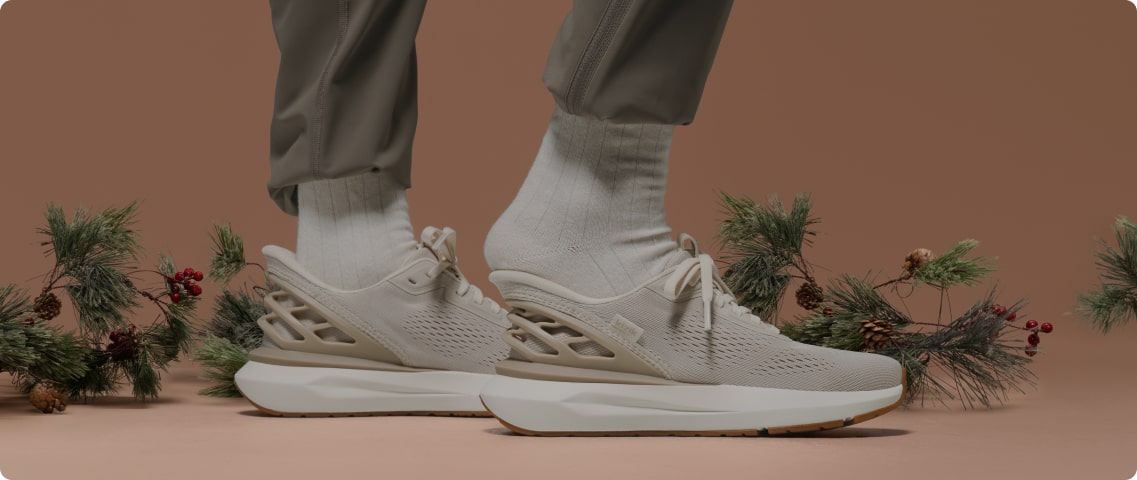
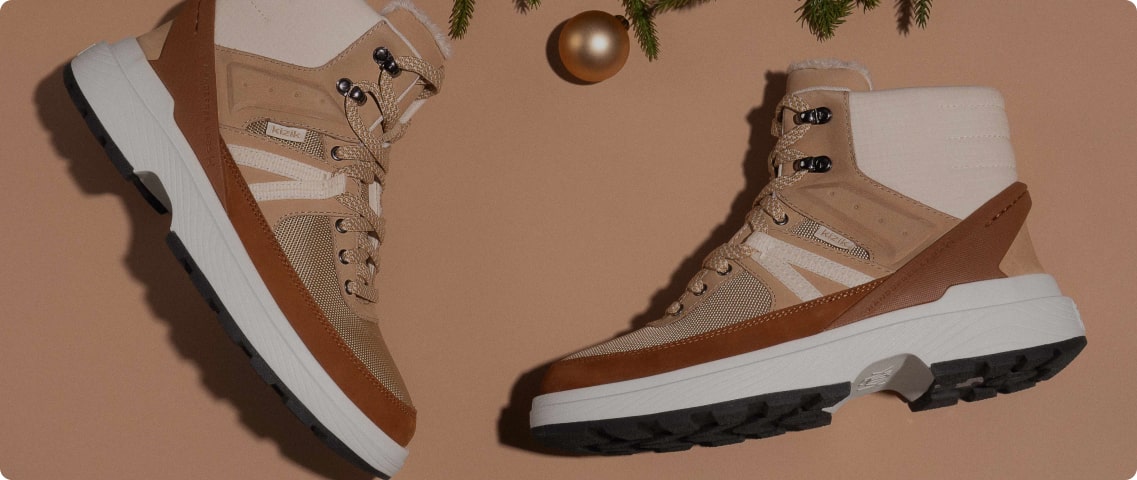
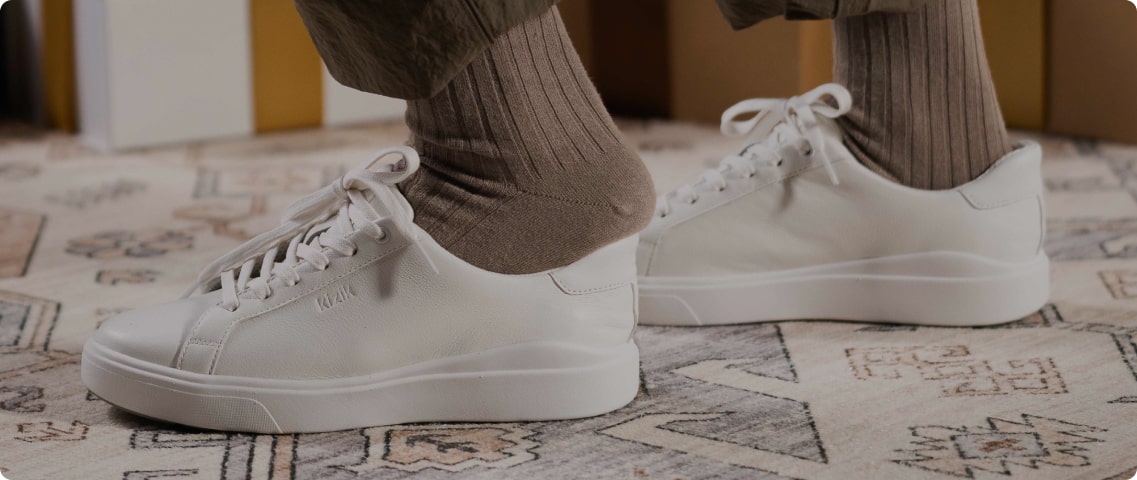
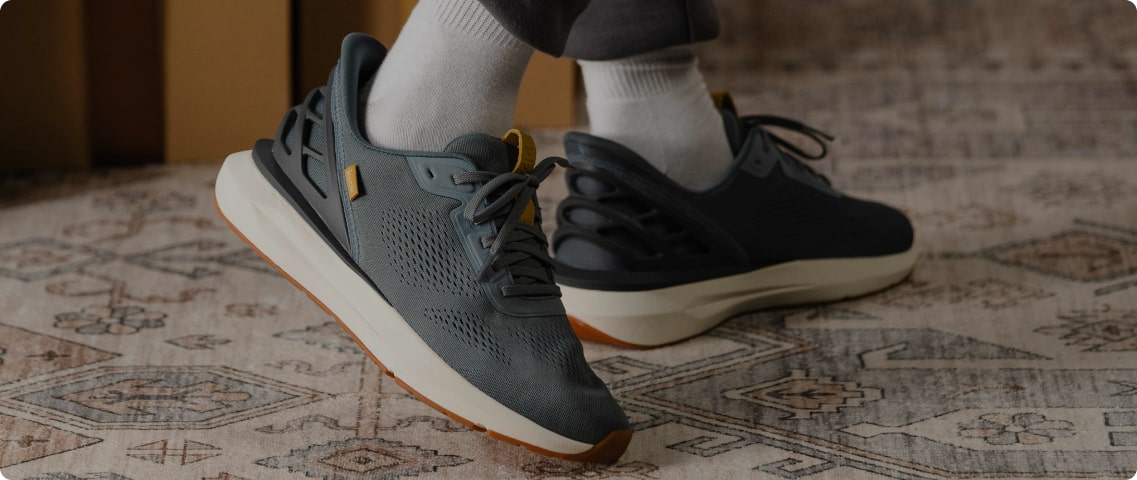
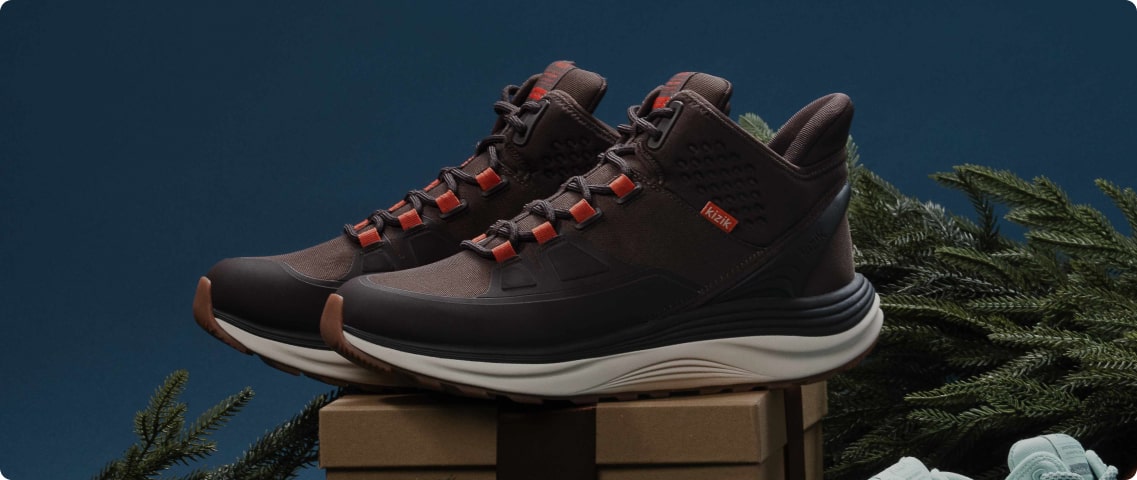
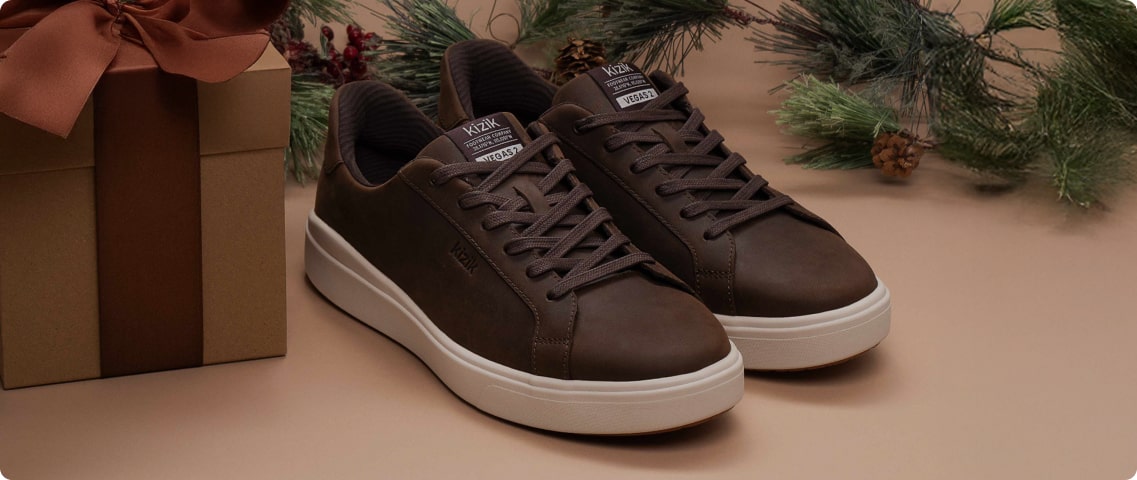
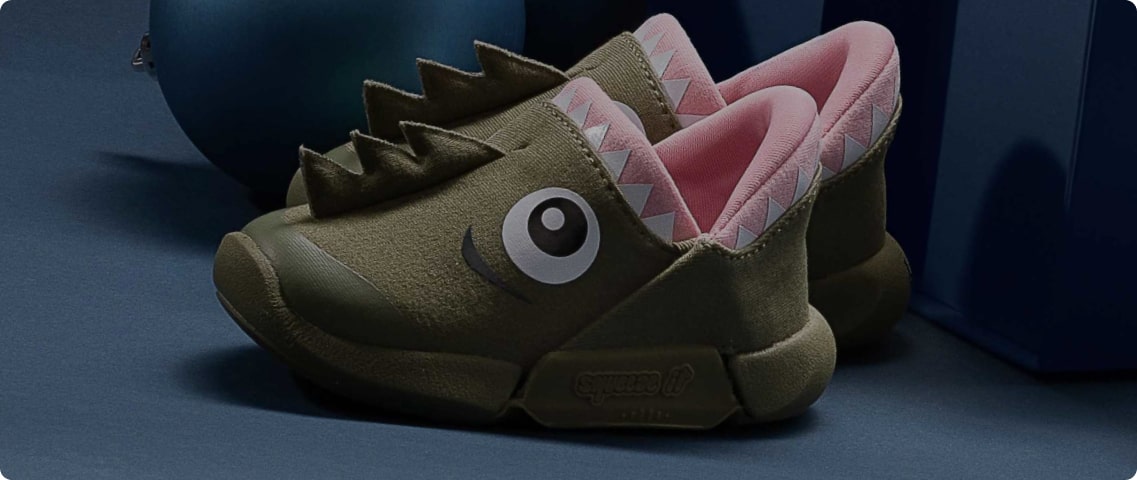
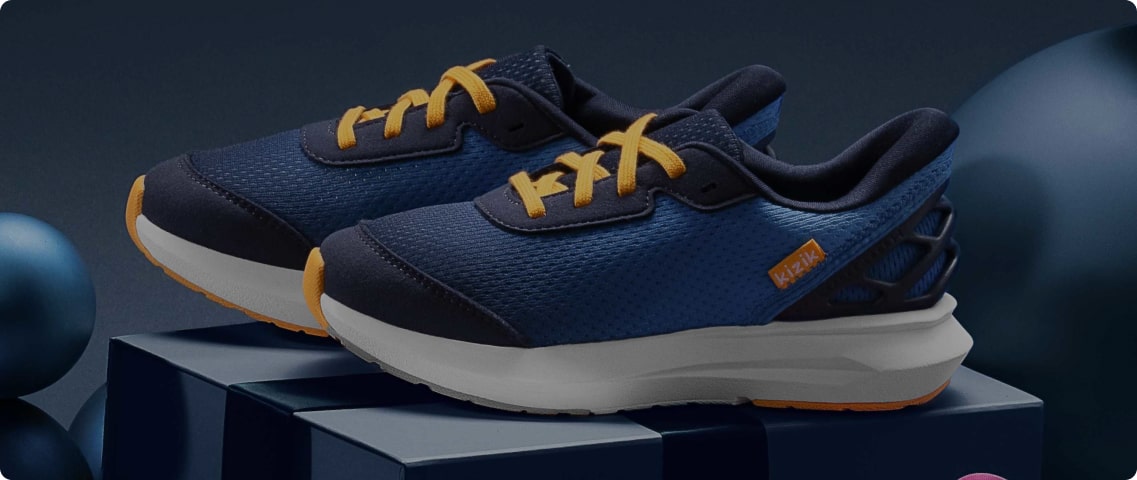
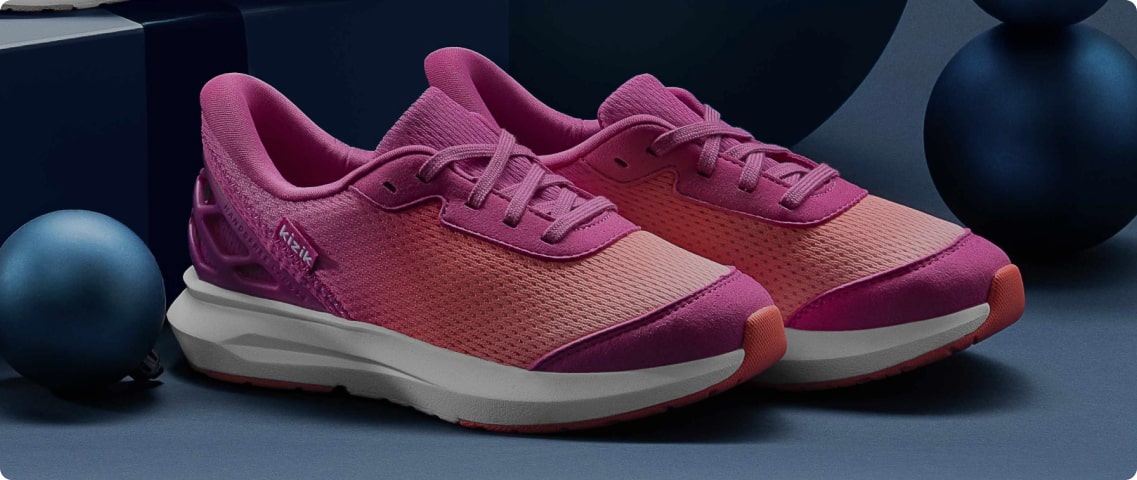




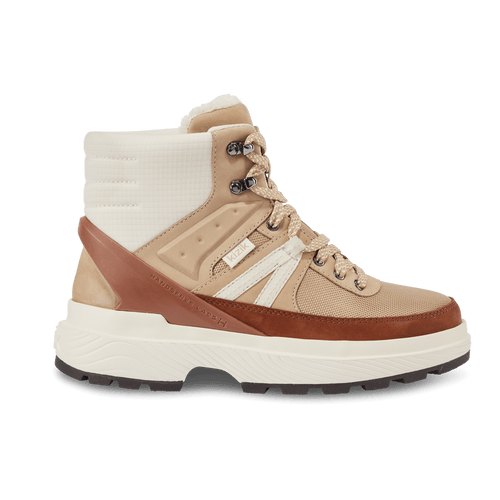
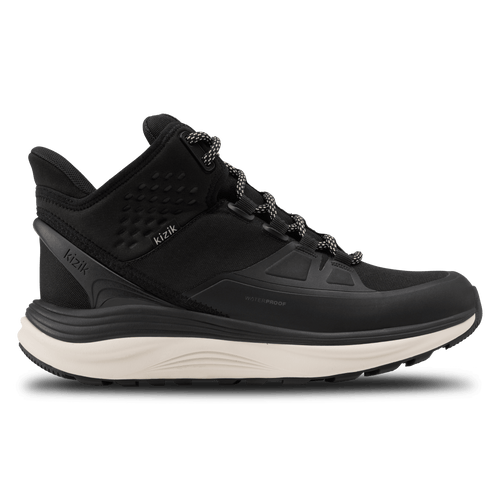





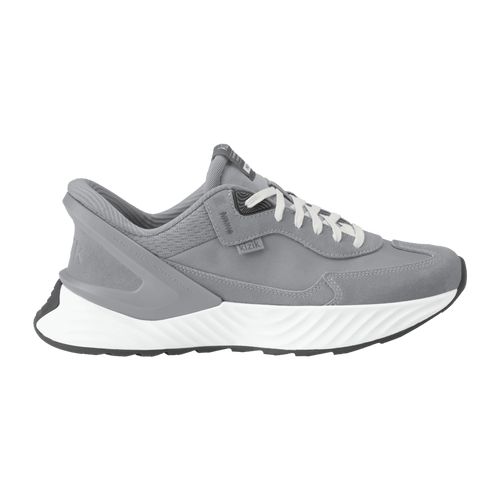







Leave a comment
This site is protected by hCaptcha and the hCaptcha Privacy Policy and Terms of Service apply.